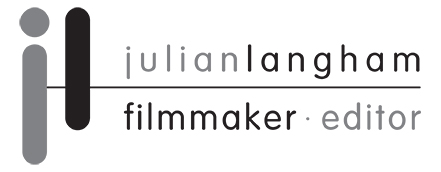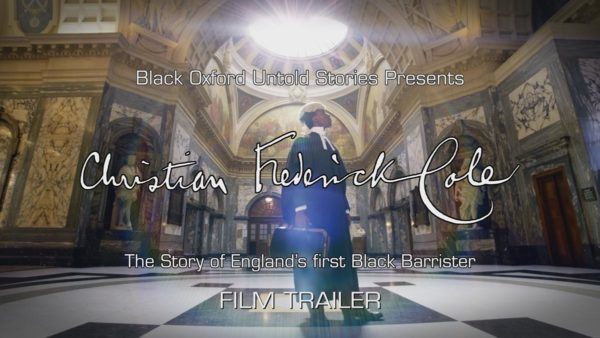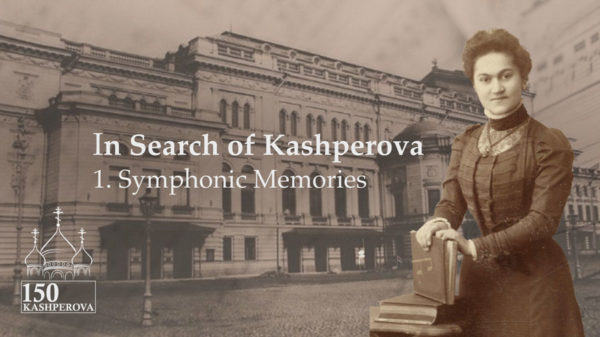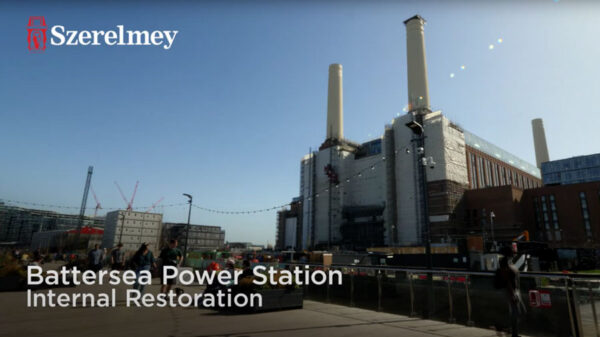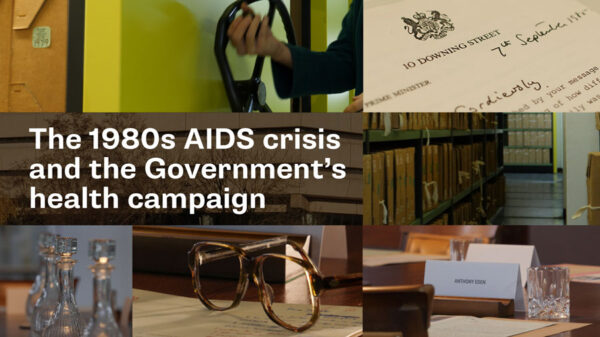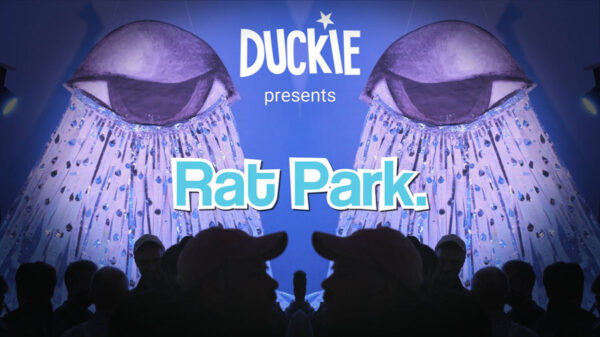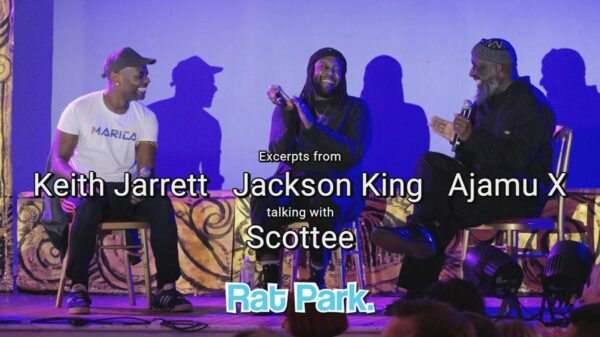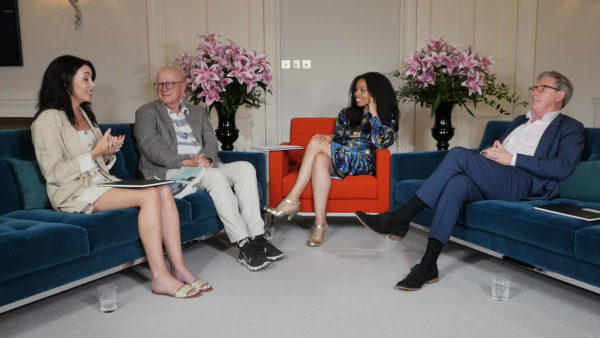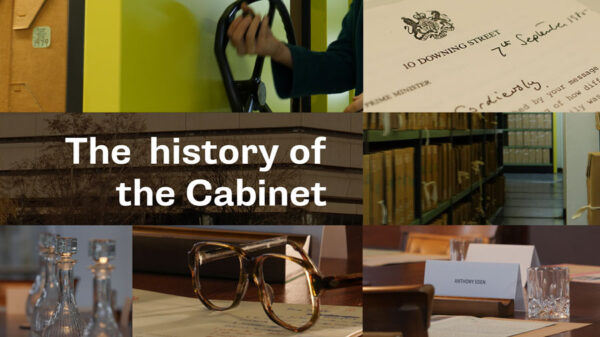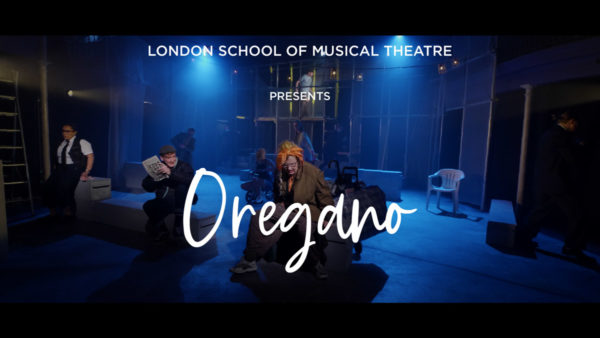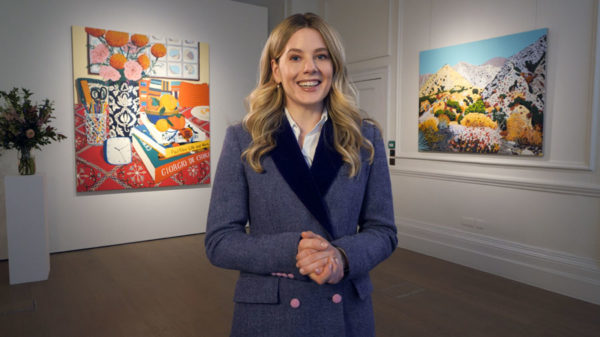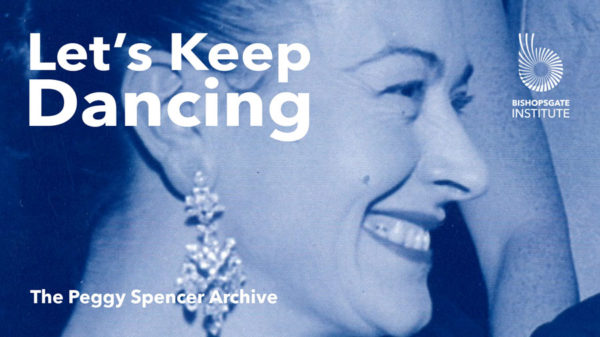How a short film was edited
As a short film editor, the actual process of editing any film can vary widely between different projects. Sometimes I may be presented with a complete script that includes the time codes of each best take. It’s then a case of editing the film together according to directions in the best way for that film. Sometimes, the opposite situation may occur. A hard drive is given to me with the requirement being to make the best film possible. Occasionally only a rough outline has been provided of the actual aims of the short film project. Some film producers are very ‘hands-on’, preferring to monitor the whole editing process. Other film producers are quite content for me to carry out the editing process unattended. Being a short film editor with over 15 years of experience, I have a wealth of editing knowledge.
Short film editing commission
Recently, I was commissioned by the London-based multi-media production company Digital Drama. I was booked to work as a short film editor on ‘DEEDS NOT WORDS: THE SUFFRAGETTE SURGEONS OF WWI’. It is a film that tells the story of the first British Army hospital run by women only during the First World War. In addition to the editing, I filmed the interviews that would form the body of the film’s audio.
The filming for the interviews took place at the Hospital Club, a private members club in Covent Garden. The club is housed in the same location as the WWI hospital discussed in the film. We were allocated a large room on the first floor to film these interviews. I set up a two-camera shoot to have the option of a second shot in the edit.
Starting the post-production
Once the interviews had been filmed, I transferred the media onto my Promise Pegasus RAID 5. I then transcoded the camera files into Avid friendly DNx media. When the transcode was completed, I used Carbon Clone software to make a back-up of my RAID 5 drives. This backup process ensures that my filmed footage is safe should any unexpected equipment failure should occur. I then synced up footage from both cameras with the Tascam DR60 audio recording. I then had a master timeline in my Avid Media Composer editing application for each of the interviews with shots from the two cameras.
Working with a producer as a short film editor
For this film, I was working with Producer Alison Ramsey from Digital Drama. I started the edit for this film by first editing out all the unusable content and gaps from the interviews. I then added a time code effect onto the vision and exported the timeline as a .mp4 file. Then I uploaded both time-coded interviews and sent the links to the Producer. My Producer could then see what interview content was available so that she could select which parts to use. I then received a list of time codes to be edited together. After I had edited these, I again sent my Producer a link to view the latest version. This was repeated until we were satisfied that we had a well-formed body and narrative for the film.
Editing in additional media
I also received details of links to download dozens of still photographs and letters (held by the Women’s Library LSE). I was also sent links to download clips of archive video footage held by the Imperial War Museum (IWM). This footage of actual historic images of the hospital, staff and patients would form the body of the film’s visuals. I began the process of editing these stills images and archive video. I edited either with the Producer or by myself to bring the interviews to life with the addition of photographs and filmed letters. Sending each version of the edit to the Producer for feedback was an effective way of making the most of our time. I also edited-in some voiceover that added character to a historical textual reading.
Polishing the edit
One of the real joys of being a short film editor comes towards the end of the post-production process. This is when I finely adjust the edits’ timing in conjunction with the many different added elements. This final end-stage of the editing process is sometimes called ‘polishing’ the edit. I also colour-graded the visual images so that they were all consistent throughout. Much of the old archive film footage and still images needed colour and contrast adjustments to match them all up.
Sound mixing
I suggested to the Producer that the soundtrack would be enhanced by a professional sound dub. My Producer agreed, and so, once the final pictures had been finally locked off,’ I exported a .aff sound file. I sent this export (with a .mp4 for reference) for a professional sound mix. My Producer also sent a briefing document to the mixer so that they could add and mix in the sound effects.
Final short film delivery
After the sound mixing had been completed, I received the final audio .wav files. I then edited them together with the final graded pictures. A .mp4 version of the final film was then uploaded so that it could then be submitted to the film festival.
This film is an example of how an untold story can be brought to life. It combined the use of archive video and historic still photography together with the use of newly filmed interviews. It won an award for best use or archive at the IWM Film Festival 2017. I very much enjoyed being the short film editor on this project.
Ex-BBC freelance video editor
With over 15 years’ professional editing experience, I have delivered many dozens of short films working at the BBC and also as a freelancer. If you would like any help or advice with your short film editing, please get in touch.
You might be interested in reading more about my work:
